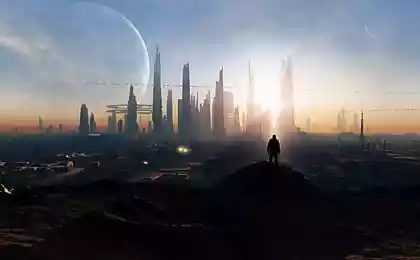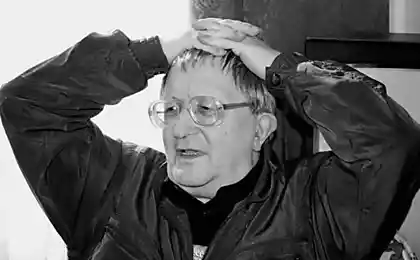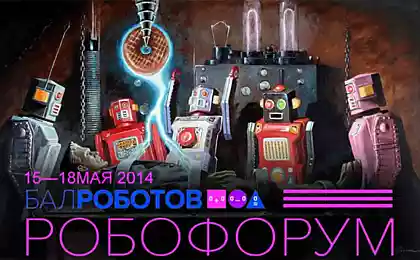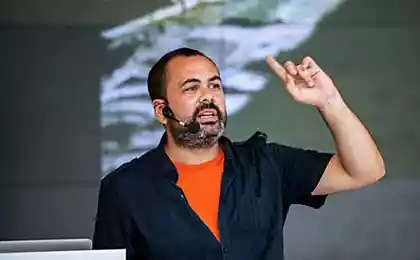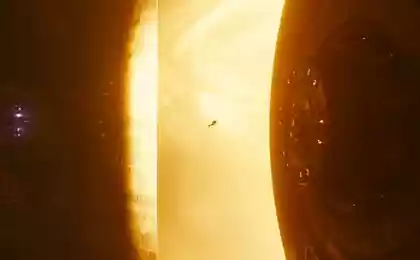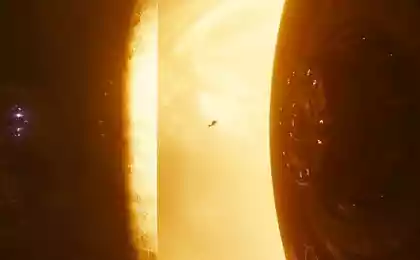1423
Notes of kooky. "Real 3D»
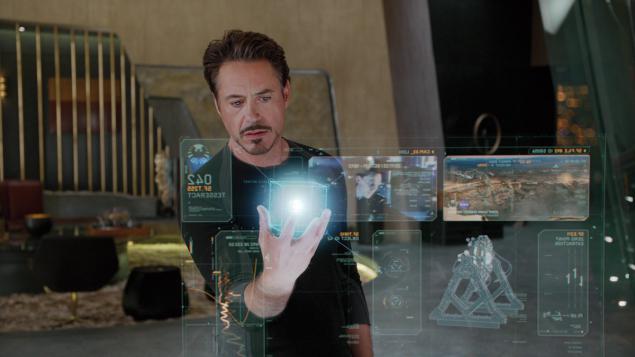
Foreword
Notes of kooky - a series of articles that will talk about the ideas, theories, plans. Some of them will seem fantastic, delusions, absurd. I have to say that they will not qualify for the recognition of the public or the removal of any benefit. This is just thinking out loud. Perceive these notes seriously or not - it's your own business. What do I give these posts? First, learn something new from commentators. Secondly, maybe someone will give impetus for reflection. Third, look at people's attitudes to what seems unimaginable.
Introduction
So. The topic of today's discussion will be the theory of projection images in the air. Why is this topic? I would be interested to design a device as it does Tony Stark. I would have been interesting to watch the movie and go inside it. Who cares, I ask for the cat.
Theory
Now the market offers sufficient number of prototypes and devices that are capable of producing three-dimensional images. Someone projecting images on steam, someone on the gas, someone ionizes the air at certain points. All these systems are good. But they do not vmontiruesh house. For a device that projects onto couples need a special extractor above the steam generator. For those that are projected on the gas container is required. Application ionization indoor been described in a previous article about the projection.
What if completely depart from the principles that are inherent in those devices? What if you learn how to control a beam of light? Would not it be better?
What I mean by the words "control beam"? Create glow in certain points in space. How to implement it? You must create a certain length of the beam focusing at the end point. You'd be surprised. According to the Kerr effect, a refractive index of air in the middle of the beam to be greater than at the edges. Because of the optical inhomogeneity air environment formally behaves in relation to laser radiation as a converging lens, the thickness of the beam is reduced and the light intensity increases. That is, the beam as it focuses itself - self-focusing occurs. At first glance it seems that the beam can collapse to zero thickness. However, when the light intensity reaches a certain value, multiphoton ionization occurs. Laser photons knock electrons from the molecules of air (nitrogen and oxygen molecules). The freed electrons form a plasma. Compared with air plasma has a lower refractive index, so it behaves as a formal negative lens and defocus the beam begins to decrease its intensity. Slipped through the area with a plasma beam continues its movement, and the situation is repeated. The frequency of repetition of this effect depends on the frequency.
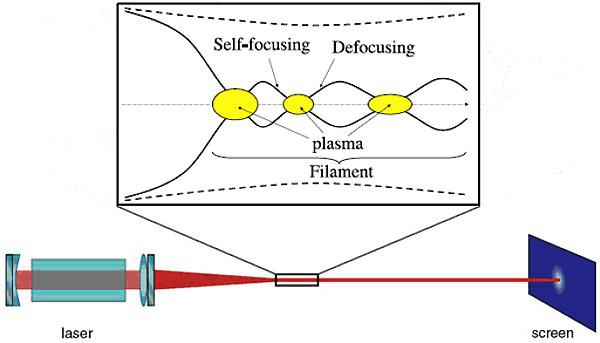
Figure 1. Processes of self-focusing (self-focusing) and defocusing (defocusing), allow the laser beam, do not diverge, cover distances of tens or hundreds of meters. The beam thus mainly distributed in the environment through a specially created them yarn (or thread) - filaments (filament) i>
It should be noted that in addition to high-intensity laser pulse should have a more lasting and small - of the order of femtoseconds (10-15 seconds). Otherwise, instead of the multiphoton ionization of the medium through which it passes, it may be cascade ionization: the concentration of the liberated electrons becomes such that they begin to ionize molecules even away from the transmitted laser beam. This leads to an imbalance between self-focusing and defocusing. Ray ceases to be focused and quickly diverges.
It turns out that we only need to learn how to reach a certain intensity at which the thickness of the beam is approaching close to zero, but no knocks electrons that form the plasma, as well as learn to interrupt the filaments in the right place. How to achieve this, it is not yet. Achieves this by controlling the state of the particles forming the beam, or in some other way can be found out only through experiments.
Maybe you have some ideas?
Technical realization
Assume that we curb the laser radiation and need to create a device. How to get picture projection and how to project?
In the video above is an apparatus that scans space. Each item in the end - this cloud of points, each of which has its own coordinates. Knowing these coordinates, we can calculate the required parameters specifying that laser displays to us the desired point. I'm not lazy and sketched how I imagine this device.
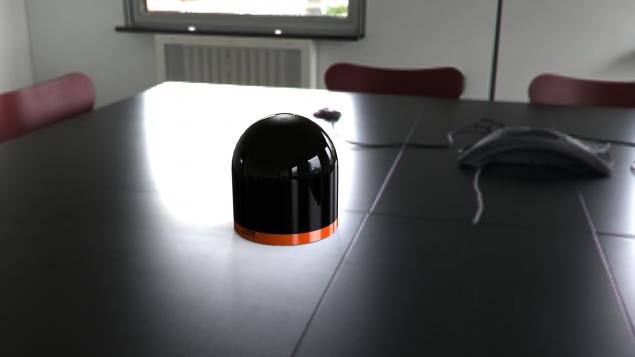
Figure 2. The central unit i>
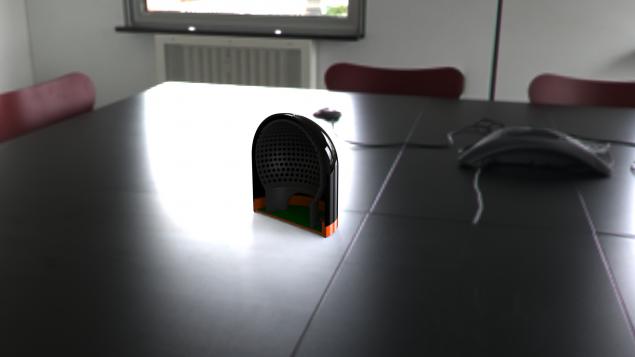
Figure 3. The central unit i>
In the sphere-like openings items inserted lasers, each of which is designated coordinate their projects and their point. As a result, we obtain an image composed of pixels. By increasing the number of lasers, we increase the resolution of the projection. It is clear that energy consumption will increase. But this is only spur manufacturers to develop laser technology to decrease energy consumption. In the extreme case, we will use the nanotube.
Watch 16 minutes.
To avoid a situation where one of the beams will be closed anything required system of units 5 (1-basic and additional 4-D). Place them under the scheme:

Figure 4. Layout i>
Conclusion
And remember. We consider how the laws of physics that can not be changed. And what if it is not? Only by learning to control the laws of physics, we can create things beyond the edge of our understanding.
Reminder. This article is the result of reasoning man who can err. B>
Source: geektimes.ru/post/241028/






